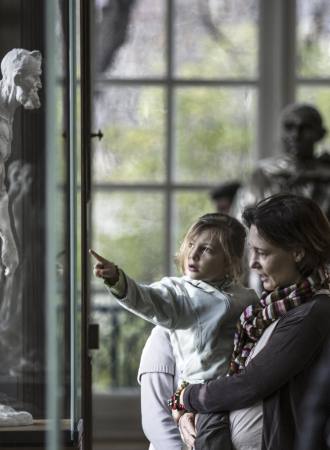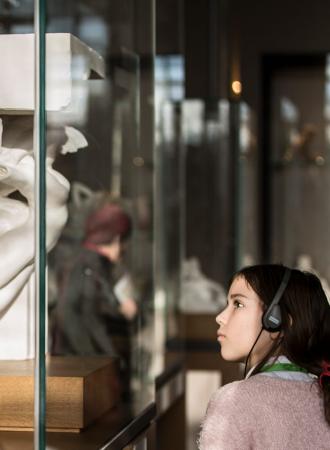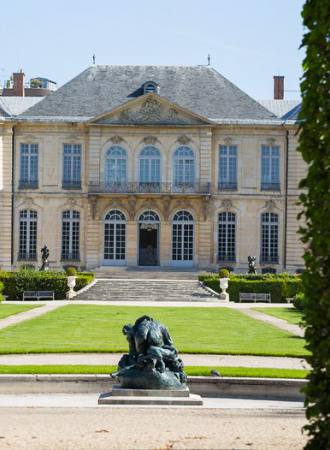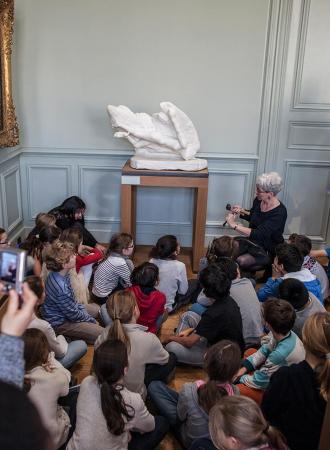Search the site
The Walking Man, large model
Auguste Rodin (1840-1917)
The 1899 figure of The Walking Man was an assemblage made from an 1880 study for the torso of St John the Baptist and legs from a previous study for the same figure. It was first exhibited on a plaster column at the Pavillon de l’Alma in 1900, as a study for St John the Baptist. Enlarged by Rodin’s assistant Henri Lebossé in 1905-06, it was presented in 1907 at the Salon de la Société Nationale des Beaux-Arts under the title The Walking Man―a universal figure with neither head nor arms, like an embodiment of movement.
The body is somewhat off-center, the torso leaning forward and turned a little to the left, the sense of movement heightened by the slightly ill-fitting joins. The universal nature of the title reflects Rodin’s desire to capture the essence of his subject. The Walking Man is a manifesto for the beauty of fragmentary images of the body―a modern approach rejected by the general public and some of the Salon critics. The two plaster versions are now on display at the Musée Rodin in Meudon.
Locate the Artwork in the museum
Musée Rodin - Meudon, plaster gallery
We cannot guarantee the presence of all our artworks; some may be out on loan.
Completion date :
1907
Dimensions :
H. 214 cm ; W. 70 cm ; D. 164 cm
Materials :
Plaster
Inventory number :
S.00164
Credits :
© Photographic Agency of musée Rodin - Jérome Manoukian
Additional information
Iconography
- The Walking Man, large model (zip, 2181.2 ko)







